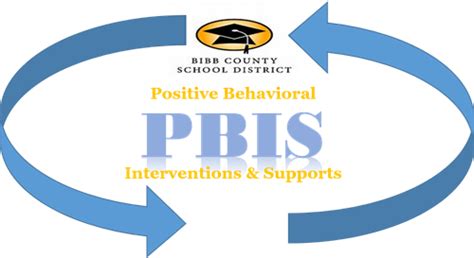
What is PBIS?
Positive Behavioral Interventions and Support (PBIS) is a model for positive school climate which supports the needs of all students and staff. PBIS is a framework schools use to teach students about behavioral expectations, just as they would any other subject, like reading and math. PBIS recognizes that students can only meet behavioral expectations if they know what the expectations are.
How does PBIS work?
With PBIS, schools continue to use discipline, but punishment is not the focus. The focus is on teaching expectations and preventing problems. PBIS is a tiered framework of supports for students and staff. Think of it as a pyramid. The bottom tier, called Tier 1, is a school-wide system for everyone in a school. Students learn basic behavior expectations. School staff regularly acknowledge students for demonstrating behavior expectations, via verbal praise or tangible rewards. The middle tier, called Tier 2, is implemented when students continue to struggle with behavior. These students receive evidence-based interventions and instruction. The top tier, called Tier 3, is the most intensive level of support. It is implemented when students require individualized supports or additional services due to behavior issues.
PBIS vs. Traditional Discipline
In a school with a traditional approach to discipline, staff may attempt to correct behavior through punishment. For example, during instruction a student sitting in the back of the class crumples paper into a ball and throws it at the board. This action distracts other students and causes a disruption in the learning environment. The teacher verbally scolds the student in front of the class and the student is immediately sent to the principals office. Upon return to class, the student would be expected to behave, but has not received instruction on how to behave appropriately during morning work. In a school implementing PBIS, this scenario would be handled differently. For example, the teacher may recognize the student is craving attention, and addresses that need positively before it escalates to the urge to throw something. The teacher may give the student an opportunity to answer a question or share an opinion during a class discussion and recognize that contribution. If that student continues to throw paper balls, the school would create a plan to prevent that behavior from happening again. The plan may include giving the student a class role or a peer mentor. It may also include training for parents.